Author: Dr. R. de Graaf
Institution: Department of Interventional Radiology, Clinic of Friedrichshafen, Germany
Summary
This presentation outlines the key technical points for safe renal vein stent placement, focusing on how stenting techniques can effectively resolve renal vein obstruction while ensuring procedural safety. The study emphasizes that precise stent design and adherence to strict procedural guidelines are crucial to the success of renal vein stent placement.
Technical Key Points
• Preoperative Conditions: Before renal vein stent placement, external compression must be confirmed, and access should be obtained through the right common femoral vein (CFV). A 10-12F sheath should be used, and wire stability must be ensured.
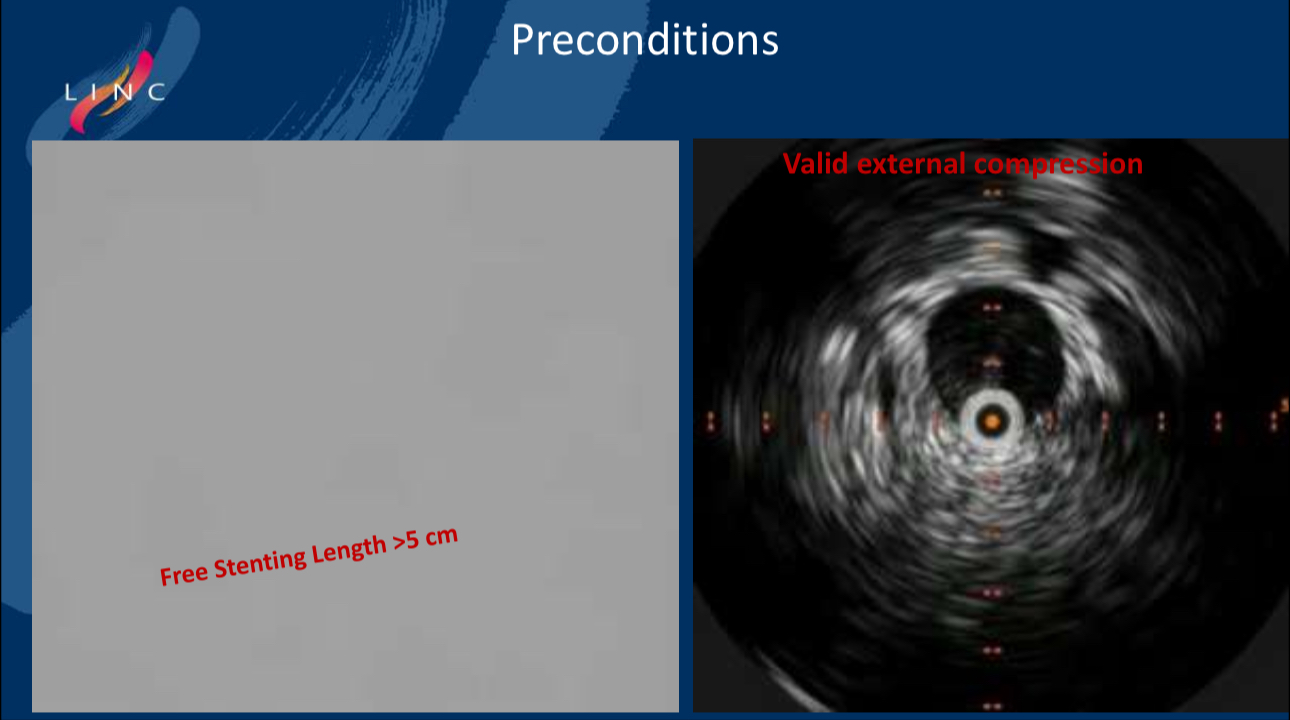
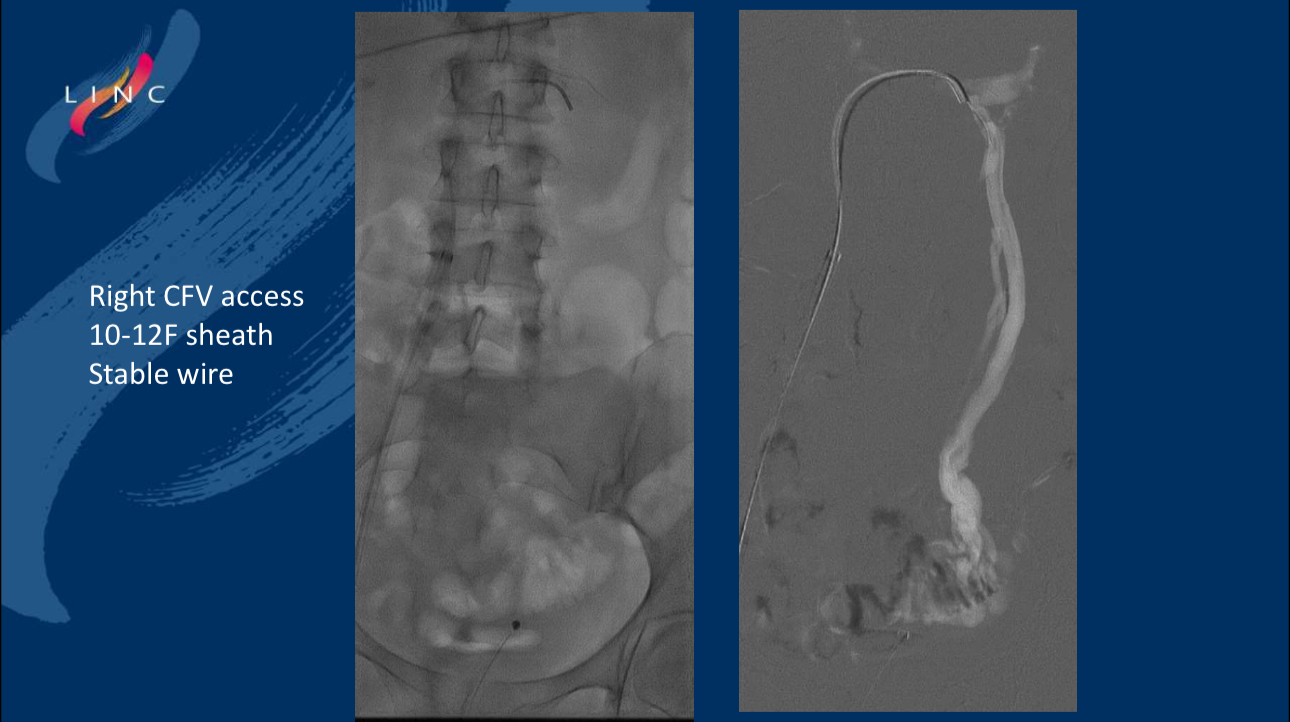
• Pre-Dilation: Thorough balloon pre-dilation is necessary before stent placement to ensure vessel patency and facilitate smooth stent deployment.
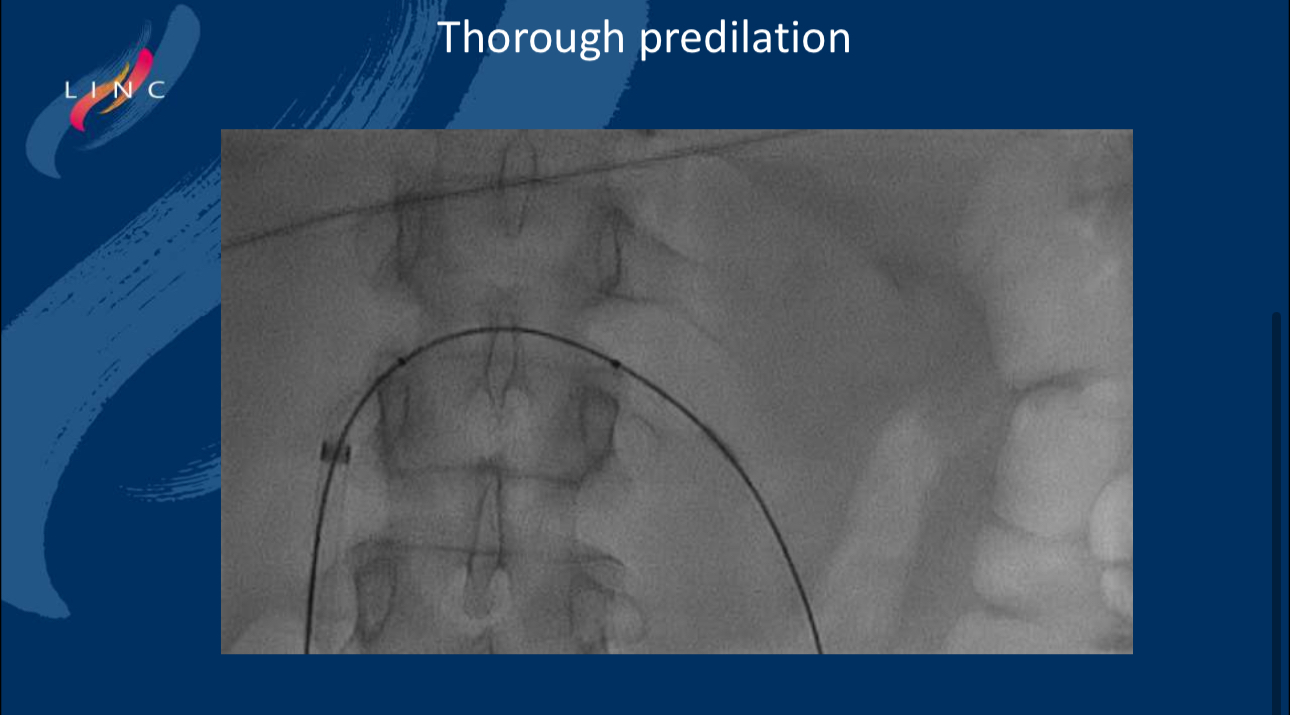
Stent Design and Sizing
• Stent Diameter Selection: The stent’s design and diameter must be carefully controlled, matching the specific anatomical requirements. The stent must be properly sized to the vessel diameter to prevent postoperative complications.
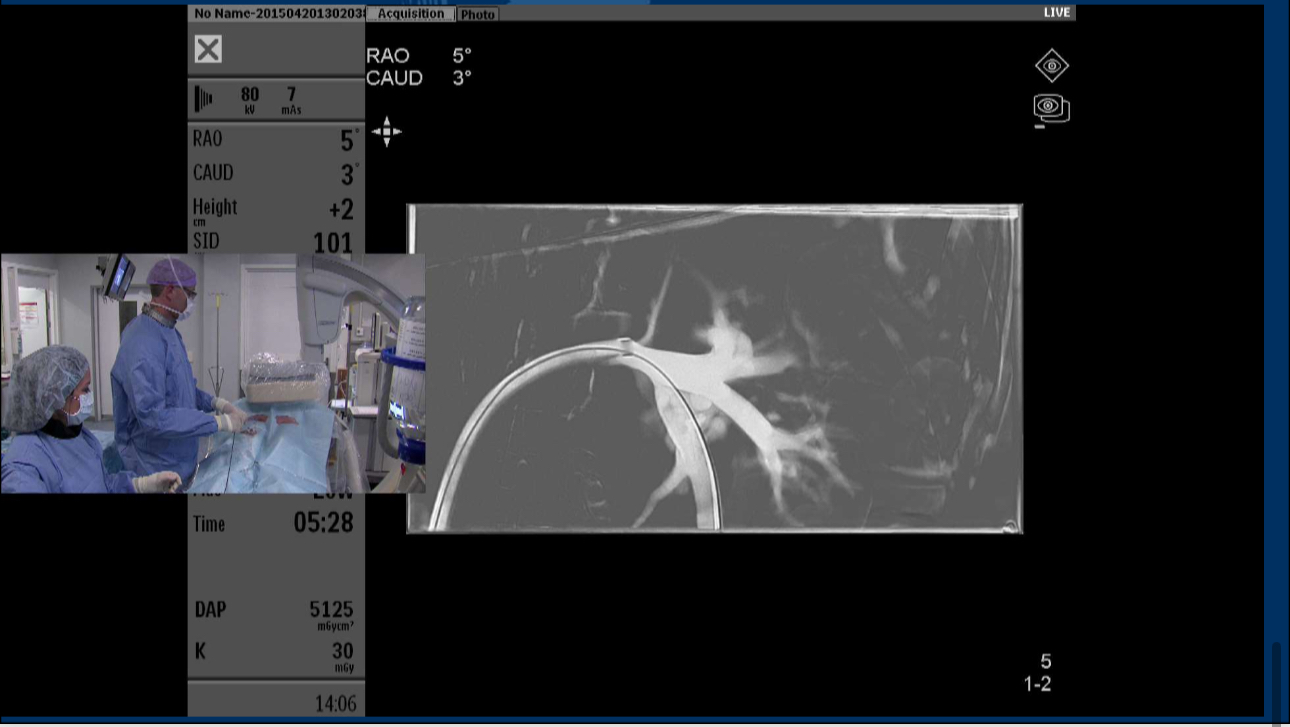
• Balloon Angioplasty Necessity: Intraoperatively, IVUS and balloon angioplasty are used to detect vessel deformation, particularly in narrowed renal vein regions, ensuring the stent is not over-expanded.
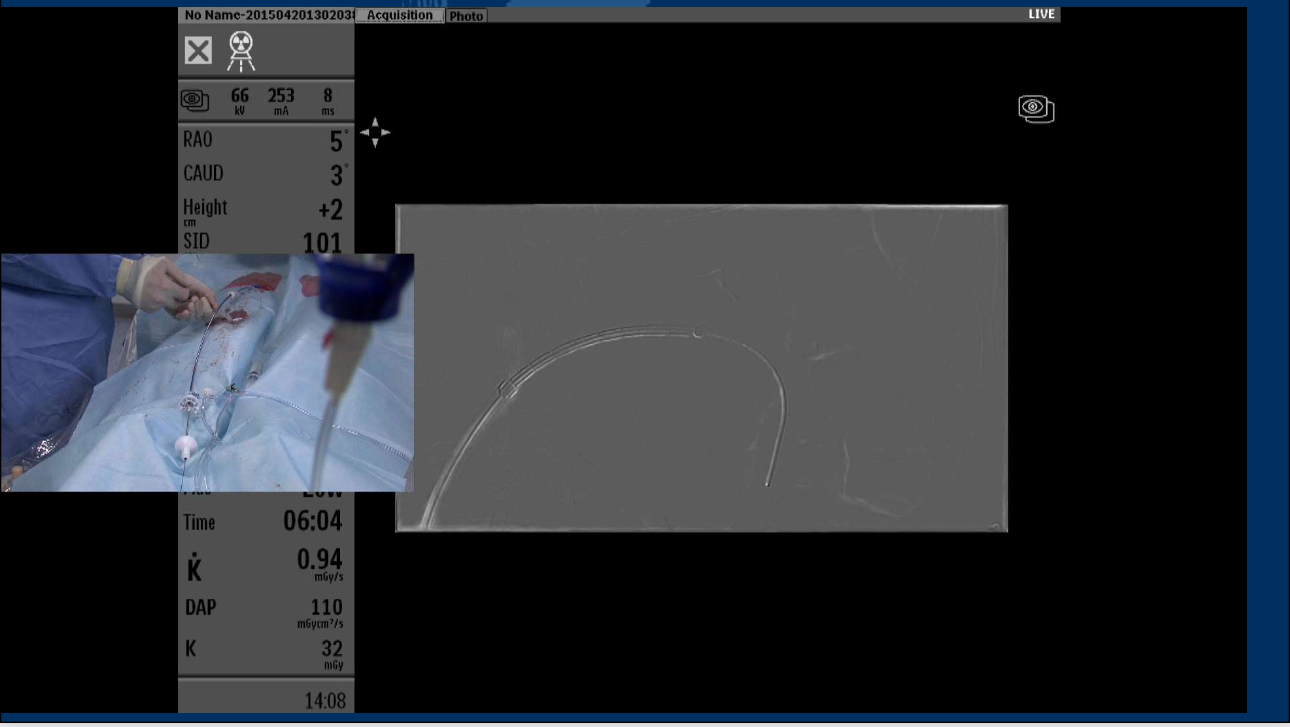
Risks of Failure and Consequences
Although renal vein stent placement is generally safe, the consequences of failure can be severe. Physicians must strictly follow technical protocols to avoid intraoperative complications.
Conclusion
1. Renal vein stent placement is a high-risk interventional procedure, with success hinging on thorough preoperative preparation and precise intraoperative techniques.
2. IVUS is critical for monitoring stent placement and assessing vessel deformation, ensuring procedural success.
3. While this technique is generally safe, physicians must remain vigilant to avoid potential complications and their serious consequences.
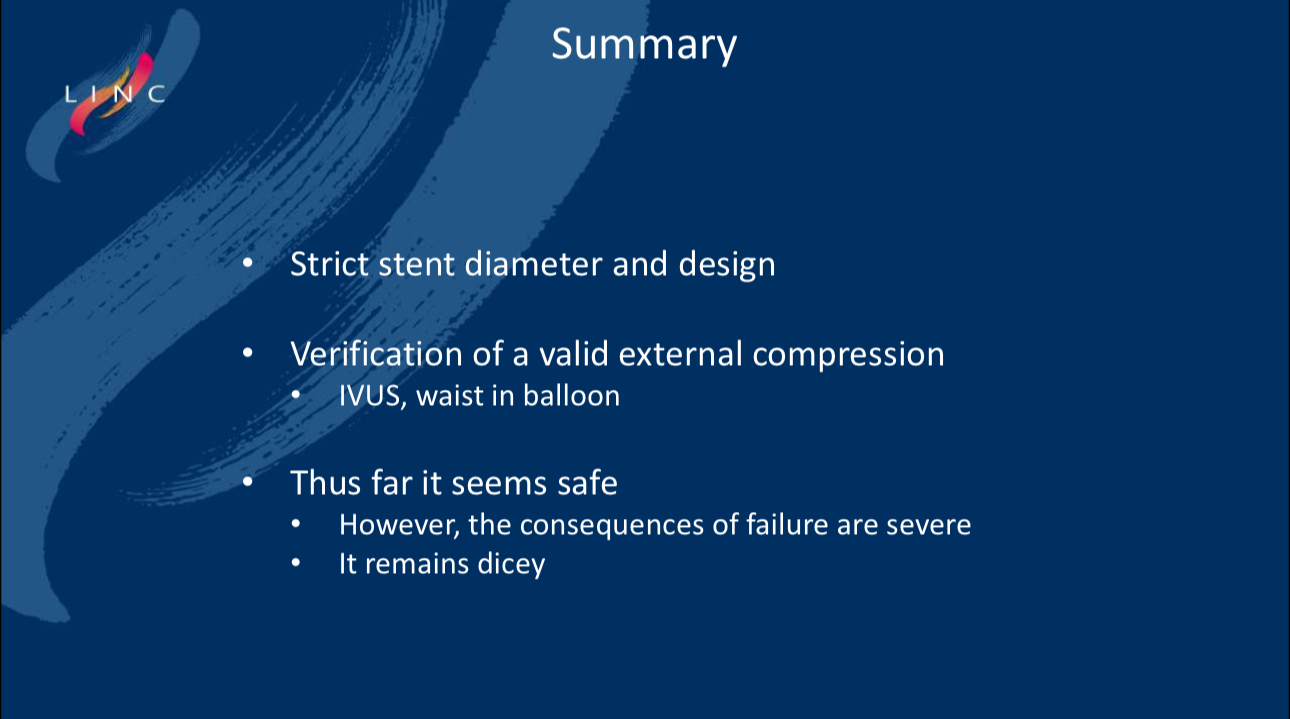
Contact Us
• Email: endovascluar@simtomax.cn
More international information available at:
• Facebook: Vasco Knight
• Instagram: knight_vasco
Let’s safeguard health together and showcase your brilliance to the world!


